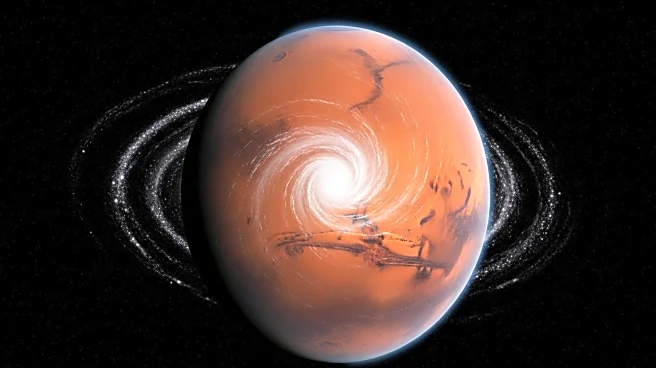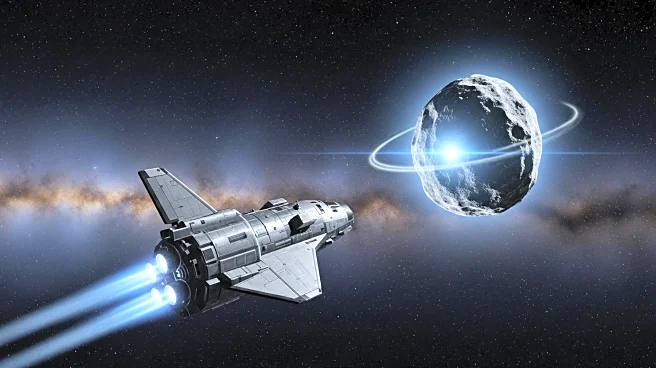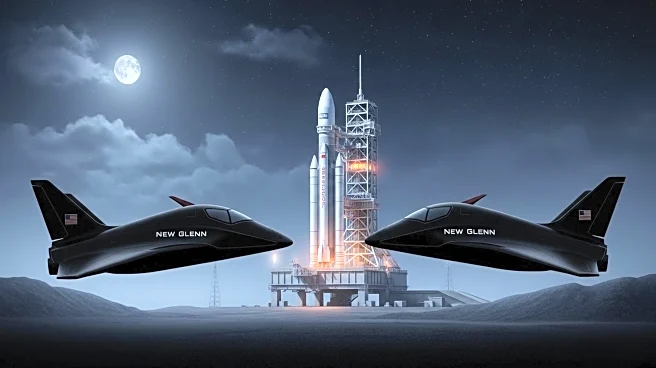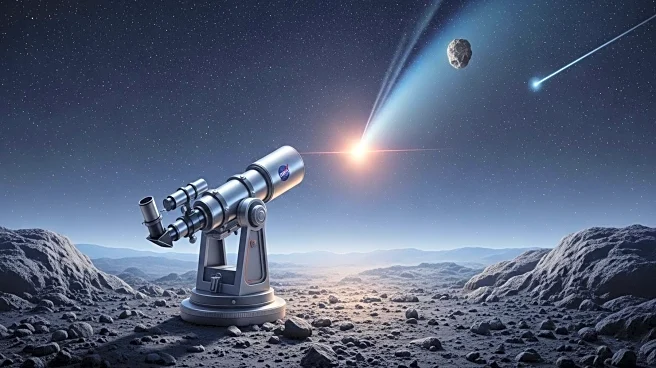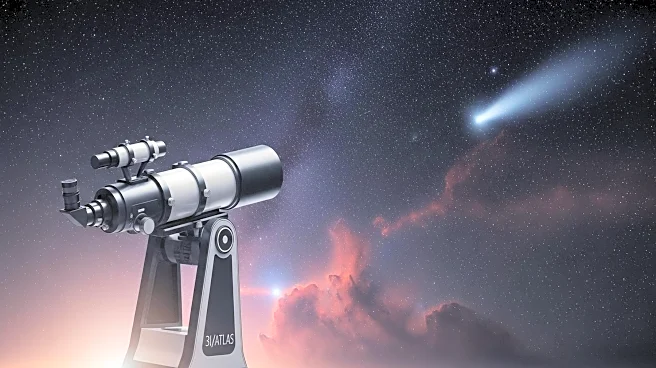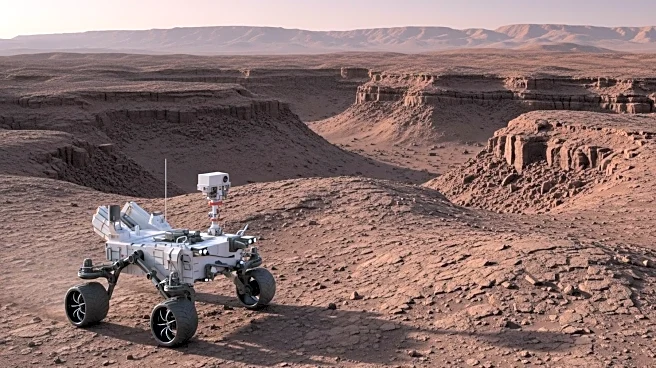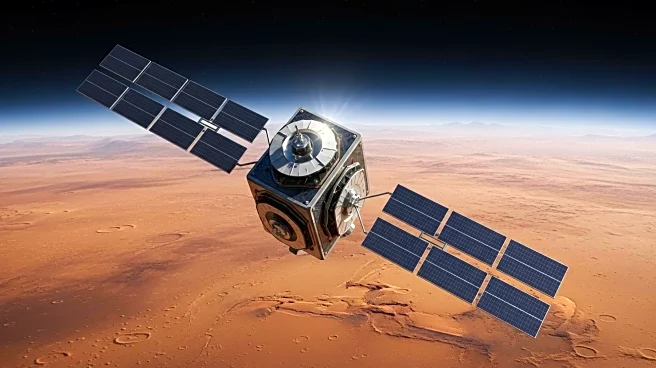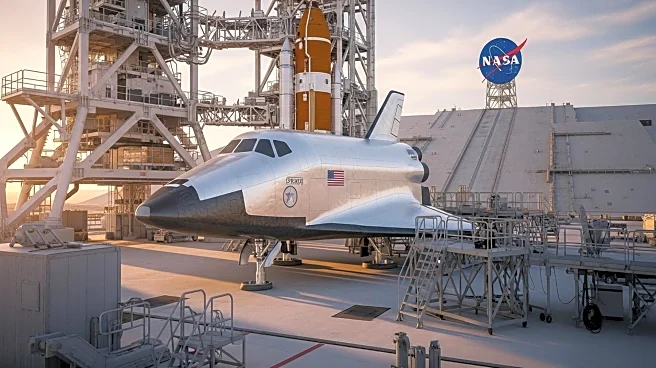What's Happening?
NASA's Perseverance rover has captured a detailed panorama of the Martian surface at a site called Falbreen, showcasing fine textures and rock layers. The panorama, taken on May 26, 2025, consists of 96 images stitched into a 360-degree view, revealing hills up to 40 miles away. The rover's Mastcam-Z camera system, led by Jim Bell at Arizona State University, enhances color contrast to highlight differences in terrain and rock tones. This detailed imagery aids scientists in planning investigations and selecting safe routes for the rover. The site features a mix of igneous and clay-rich rocks, offering insights into Mars' geological history and potential past water presence.
Why It's Important?
The detailed imagery captured by Perseverance provides valuable data for understanding Mars' geological history and assessing its habitability. The ability to analyze rock layers and mineral compositions helps scientists identify areas that may have supported water, a key factor in the search for past life. The rover's sampling and caching system, which drills core samples for potential return to Earth, is crucial for future missions aimed at studying Martian geology in detail. This research contributes to broader efforts in planetary science, enhancing our knowledge of Mars and informing future exploration strategies.
What's Next?
Perseverance will continue to explore Jezero Crater, focusing on areas with diverse rock types and geological features. The rover's ongoing mission includes drilling and storing samples for potential retrieval by future missions. Scientists will use the data collected to build a timeline of Mars' environmental changes, aiding in the search for signs of past life. The success of these efforts depends on continued technological advancements and international collaboration in space exploration.
Beyond the Headlines
The mission highlights the importance of advanced imaging technology in space exploration, demonstrating how detailed observations can drive scientific discovery. The ability to capture and analyze high-resolution images from Mars underscores the potential for future missions to uncover new insights into the planet's history and habitability. The rover's work contributes to a growing body of knowledge that will inform future exploration and the search for life beyond Earth.


